Cuban Missile Crisis: The Untold Story of Russian Spy Oleg Penkovsky
Russian Lt. Col. Oleg Penkovsky, portrayed by actor Merab Ninidze in the Benjamin Cumberbatch thriller The Courier (2020), is hailed as ‘the spy who saved the world’, the West’s most valuable Cold War double agent, and the man who risked his life to stop a nuclear war between superpowers.
New research, however, suggests Penkovsky may have actually fanned the flames of the crisis with false reports and that the Russian spy was a megalomaniac who was not as close to the nuclear secrets as generations have been led to believe.
“Penkovsky knew nothing - nor was he in a position to know - about Khrushchev’s plans,” Benjamin Fischer, the CIA’s former chief historian and an intelligence officer for 30 years, told SPYSCAPE.
Mr. Fischer, more recently employed by the CIA's Center for the Study of Intelligence, published his extensive research on Penkovsky in 2021 and, with his help, SPYSCAPE reveals the behind-the-scenes story of The Courier.
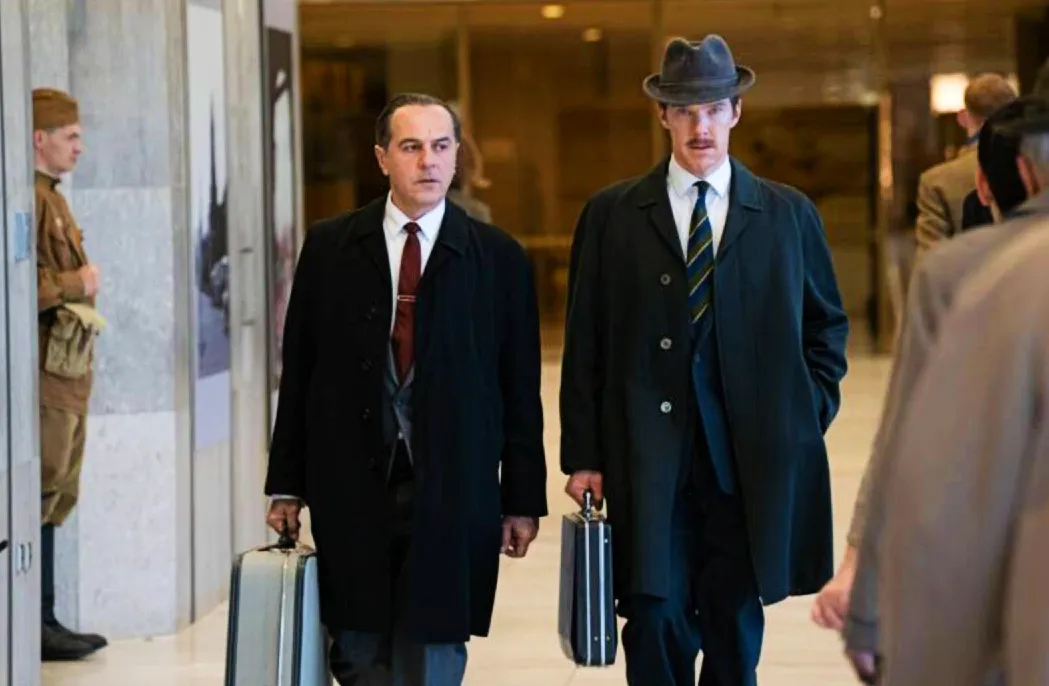
The Cuban Missile Crisis
The Cuban Missile Crisis was high-stakes brinkmanship played out between US President John F. Kennedy and Soviet Premier Nikita Khrushchev, bringing Washington and Moscow to the precipice of nuclear war in October 1962. Russia was building missile bases in Cuba, armed with nuclear weapons pointed at the US. In the months before the crisis reached its climax, however, the CIA, Britain’s Secret Intelligence Service (MI6), and Soviet KGB spies were all focused on two men.
Greville Wynne, a 40-something British businessman, routinely traveled to Eastern Europe for work. MI6 approached Wynne and asked him to act as a courier while on business trips - a ‘cut-out’, in spy jargon. His job was to carry Soviet military intelligence from Russia back to MI6 in London to be shared with the CIA. Wynne, an unlikely intelligence operative who never could quite master the spycraft, agreed, believing he could help stop a nuclear war.
Lt. Col. Oleg Penkovsky, born the same year as Wynne in 1919, was the man on the inside, the Russian GRU spy who smuggled out military documents, photos, and human intelligence - including gossip he’d pick up at parties - which he passed to Wynne during business meetings. Penkovsky ostensibly wanted to trade Soviet military secrets for a new life in the West with his wife and daughter.
The stakes for both men could not have been higher. If they succeeded, they might stop nuclear armageddon. If they were caught, they faced prison, torture, and possibly execution.
"The brand new social experience where you activate your gaming skills as you train like a spy."
- TimeOut
Take on thrilling, high-energy espionage challenges across different game zones.

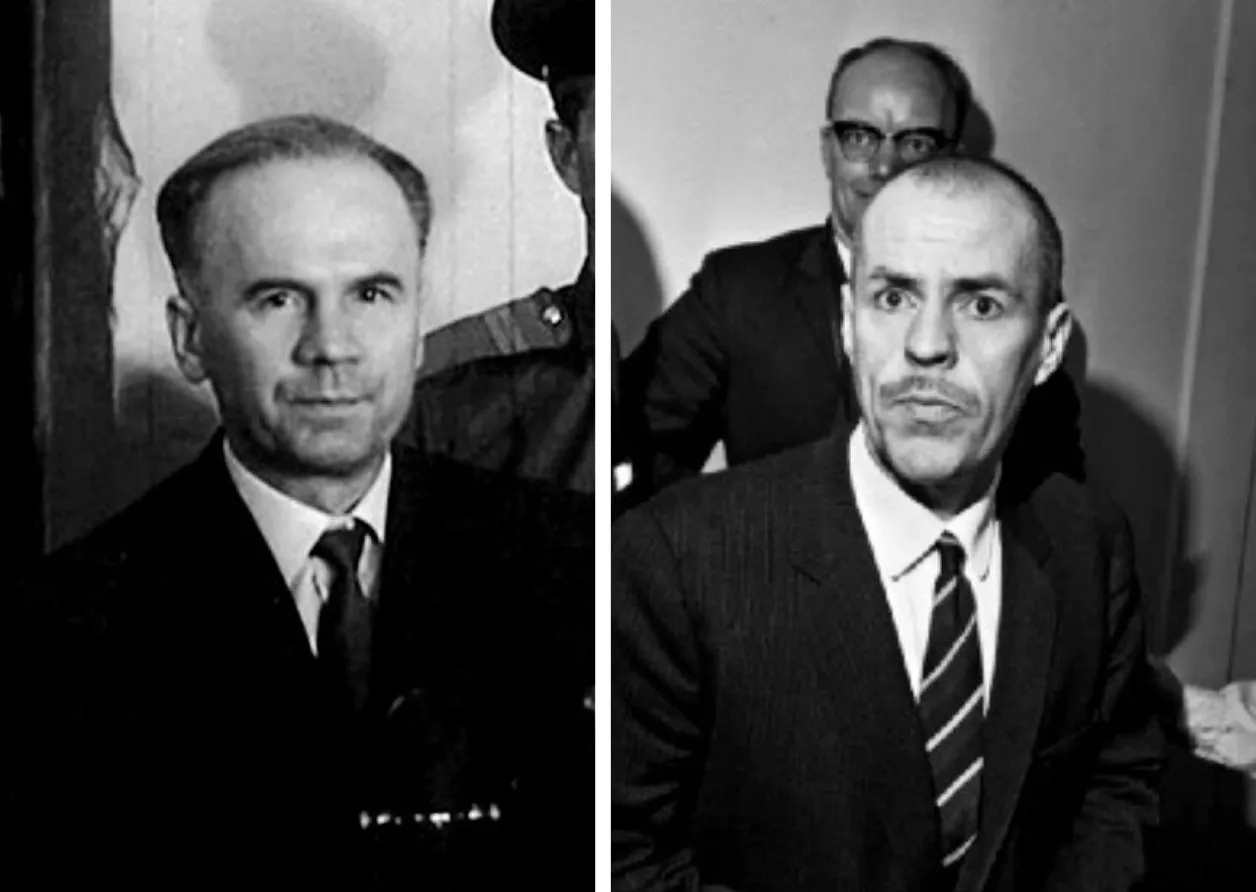
Spy versus spy
The most fraught period of the Cold War was 16 months during 1961-1962, first with the Berlin Missile Crisis and then the Cuban Missile Crisis. At the same time, Penkovsky was leaking Soviet military secrets to the CIA and MI6. There were reportedly 10,000 documents and photos. But what, exactly, did Penkovsky have? How close did he get to the nuclear secrets?
“The Cuban operation was planned in extreme secrecy and only a few people at the pinnacle of power knew about it,” CIA historian Ben Fischer told SPYSCAPE. “Penkovsky gave the Anglo-American debriefing team an operational manual for the SS-4 medium-range ballistic missile during, I think, the first session in London. But that was his sole contribution.”
Fischer also gives Penkovsky credit for supplying useful - but not critical - intelligence about the Soviet-era GRU, short for Glavnoye Razvedyvatelnoye Upravlenie, the military intelligence arm of the Armed Forces. “He revealed a lot about the GRU, including its officers and operations. His most valuable contribution was a series of articles from the top-secret version of the journal Military Thought, which the CIA had never seen or knew existed,” Fischer said. A decade later, the CIA was still using the articles to analyze Soviet strategy and tactics.
Fischer concluded, however, that Penkovsky was not the savior portrayed in CIA lore: “In fact, his contribution to US intelligence and policymaking is exaggerated, distorted, and in several instances falsified,” Fischer said in his 2021 research paper Penkovsky, the Spy Who Tried to Destroy the World. During the Berlin Crisis of ’61, for example, Fischer said the Russian spy fanned the flames with false reports of the Kremlin’s mobilization for war.
Why did he do it? Penkovsky’s 1963 trial focused on his weak character and vanity. In addition to requesting military ranks in both the British and American armies, Penkovsky wanted to meet the Queen and the Kennedy family, which never came to pass. He may have also harbored a grudge because Penkovsky’s father was a White Russian Army officer who had fought against the Red Army after the Revolution and Penkovsky felt this prevented his promotion to general, according to his biographers and CIA documents,
Fischer concluded that Penkovsky was emotionally unstable, vain, and harbored a “murderous rage” against the Soviet system. At one point, Penkovsky recommended assassinating Soviet leader Nikita Khrushchev. At another - during the Russian spy’s first debriefing in London - Penkovsky asked his handlers to provide 29 (nonexistent) nuclear ‘mini-bombs’ that he could place strategically around Moscow to decapitate the Soviet political leadership and high command. “And presumably innocent bystanders as well,” Fischer said.

The Cuban Crisis: Truth and Lies
In October 1962, the world was suspended on the brink of nuclear war. Penkovsky is often credited with providing critical intelligence at the height of the crisis, classified GRU photos and documents believed to have bought crucial time for President John F. Kennedy to devise a diplomatic solution to the Cuban crisis before Soviet missiles were ready to fire.
“Not true, according to the president’s advisers,” Fischer said. “New information reveals that some Soviet missiles were combat-ready two days before US intelligence discovered the first incomplete launch site.”
In The Courier, Penkovsky is seen photographing a map of Cuba showing the missile deployments and ranges. “Pure fiction and a continuation of the myth that first appeared in The Penkovsky Papers,” Fischer told SPYSCAPE.
The Penkovsky Papers (sometimes spelled Penkovskiy) were a book covertly commissioned and funded by the CIA and based on 140 hours of CIA-SIS debriefings. Fischer believes The Penkovsky Papers likely fueled the myth, unreservedly praising the Soviet spy in flowery language including: “The extent and ingenuity of his work for the West added up to the most extraordinary intelligence feat of this century.”
“This bit of bravado was excessive,” Fischer said. “The century still had four decades to go, and a week after Penkovsky’s initial approach to the CIA, an American satellite disgorged a film canister containing the first photographs of Earth taken from outer space. This revolutionary achievement changed intelligence collection forever and marked the eclipse of conventional espionage.”
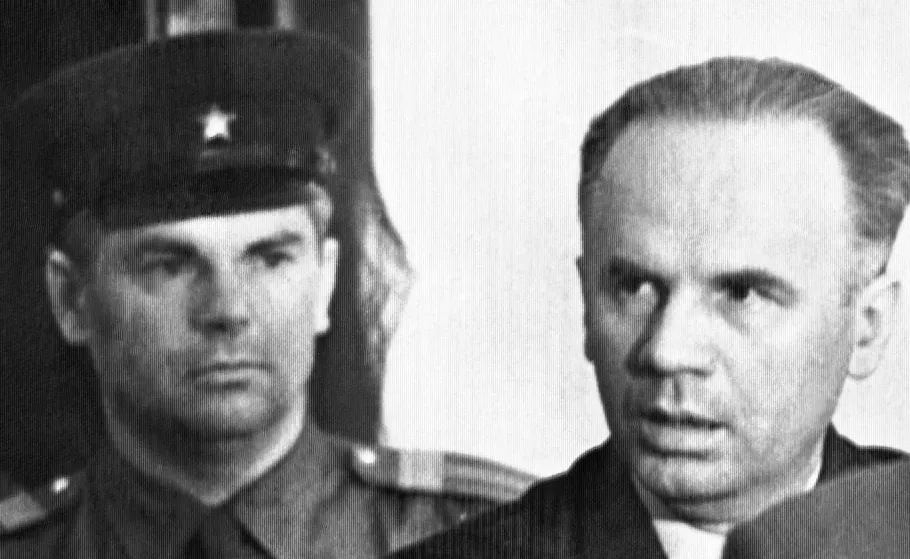
Penkovsky: a surprise attack?
After his arrest in the Soviet Union on October 22, 1962, Fischer said Penkovsky may have attempted to trick the KGB into using Penkovsky’s emergency number to call his SIS/CIA handlers and hang up, a prearranged signal that there was an emergency or impending Soviet attack on America.
The details, steeped in spy tradecraft, essentially involve a plan codenamed DISTANT, a chalk mark on a telephone pole on Kutuzovsky Prospekt Boulevard, and a dead drop set up two weeks after Penkovsky was already in prison when he would have had no way of contacting his Western handlers.
Did Penkovsky trick the KGB into setting up the dead drop in an effort to stir up trouble at the height of the Cuban Missile Crisis? Facing certain execution and with nothing to lose, Penkovsky may have been prepared to take the world with him but we will never know for certain, Fischer said. The CIA historian is also intrigued by another mystery.
“Why did the KGB allow the agent to continue spying for 10 months after he came under suspicion? The answer lies in the KGB archives, which means we will probably never know,” Fischer said. Penkovsky was sentenced to death and executed in 1963. His many secrets died with him.
Greville Wynne: the Courier
And what of Greville Wynne, the British volunteer who worked with Penkovsky? Wynne paid a high price for his bravery. He was arrested in the Soviet Union and sentenced to eight years, but Fischer dismisses the Hollywood ending involving Penkovsky’s alleged betrayal of Wynne as portrayed in The Courier. “The KGB had the pair under surveillance long before Penkovsky was arrested. Wynne’s on-screen effort to save Penkovsky never happened.”
“Wynne testified against Penkovsky according to a prepared script and claimed he had been duped into accepting an assignment he neither understood nor wanted to perform,” Fischer said. “Throwing oneself on the mercy of the court might work in London but not in Moscow. Wynne was sentenced to eight years, three in prison, to be followed by five years in a hard-labor camp.”
In a 1964 spy swap, the Soviets exchanged Wynne for KGB illegal Konon Molody - a.k.a. Canadian businessman Gordon Lonsdale - who ran a Soviet spy ring in the London area. The spy swap took place on Berlin’s Glienicke Bridge where U-2 pilot Gary Powers and KGB illegal Rudolph Abel were exchanged two years earlier.
After returning home, Wynne suffered from depression and alcoholism. Before his death in 1990, Wynne divorced his wife, decamped for Spain, and published two ghost-written accounts of his experiences. Both of Wynne’s books are believed to be largely fabrications, including a claim that Wynne and Penkovsky flew to Washington to meet JFK in the early 1960s as the missile crisis heated up.
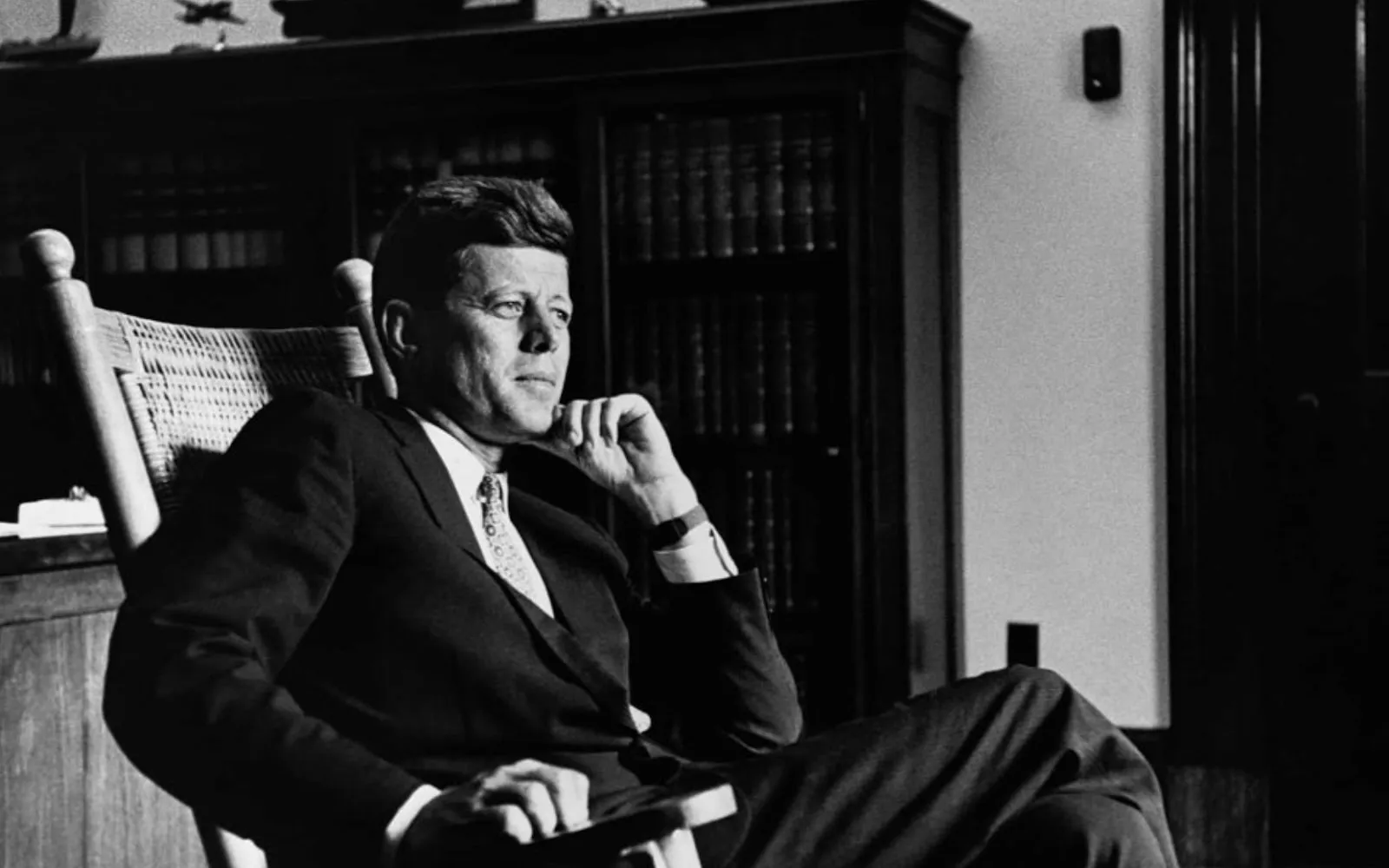
Cuban Missile Crisis: America on the brink
On October 22, 1962, President John F. Kennedy addressed the American people - and the Kremlin - revealing the presence of offensive Soviet missiles in Cuba which were confirmed by American U-2 spy planes and not, Fischer said, by intelligence gleaned from Russian spy Oleg Penkovsky.
The CIA tracked the pace and scope of the construction of the missile sites by comparing photographs taken by six U-2 flights from late August to early September to photographs collected by 20 missions completed during August 15-22.
The U-2 missions found 24 Soviet SS-4 launch sites plus reserves for a total of 42 missiles. The SS-4 was a mobile missile with a range of 1,300 miles, enough to cover targets in the southern US in an arc ranging from Georgia to Louisiana.
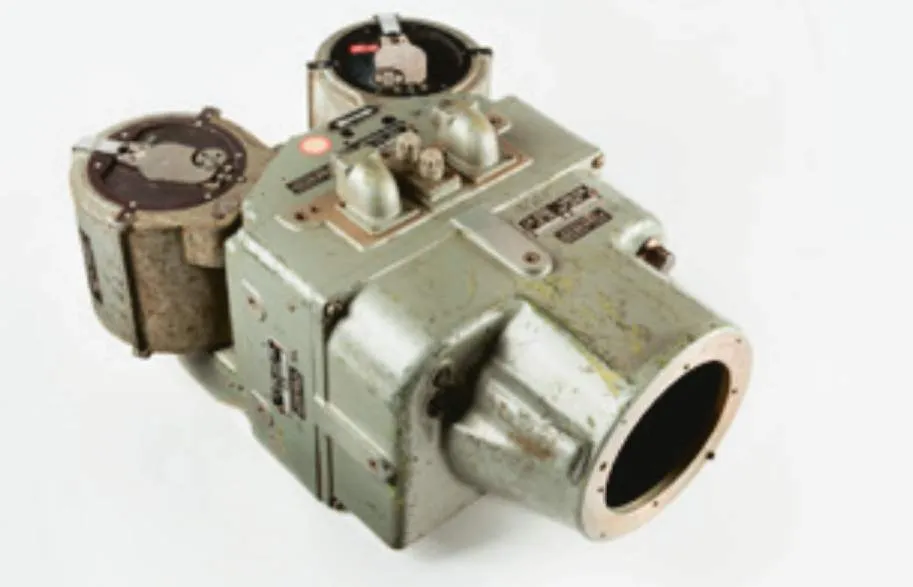
SS-4s ready for launch
“New revelations from Soviet-era sources, memoirs written by Soviet officers who were in Cuba, and Russian historians, show that the first battery of SS-4s was ready for launch on 8 October, and the second one was ready four days later,” Fischer wrote in his research paper.
More alarming, he said, U-2 overflights discovered three sites for SS-5 intermediate-range missiles. With a range of 2,300 miles, they could strike every single major American city except Seattle and Spokane in Washington state.

The Cuban Missile Crisis: a deal at last
The general consensus is that if the Cuban launch sites had been completed and the missiles had reached operational status, the strategic status quo between the superpowers would have shifted in the Soviet Union’s favor.
Instead, Kennedy demanded that the missiles be removed and announced the imposition of a naval blockade of Soviet ships bound for Cuban ports on October 24, 1962. US strategic forces were placed on Defense Readiness Condition (DEFCON) 2, one level below war or nuclear threat.
After some foot-dragging, a deal was struck. Kennedy pledged not to invade Cuba and to remove US missiles in Turkey, an agreement kept secret for almost three decades. Khrushchev agreed to withdraw Soviet missiles and bombers. Soviet forces in Cuba packed up for their humiliating return home.
SPYSCAPE+

Join now to get True Spies episodes early and ad-free every week, plus subscriber-only Debriefs and Q&As to bring you closer to your favorite spies and stories from the show. You’ll also get our exclusive series The Razumov Files and The Great James Bond Car Robbery!


Gadgets & Gifts
Explore a world of secrets together. Navigate through interactive exhibits and missions to discover your spy roles.
Your Spy Skills
We all have valuable spy skills - your mission is to discover yours. See if you have what it takes to be a secret agent, with our authentic spy skills evaluation* developed by a former Head of Training at British Intelligence. It's FREE so share & compare with friends now!
* Find more information about the scientific methods behind the evaluation here.


Stay Connected
Follow us for the latest
TIKTOK
INSTAGRAM
X
FACEBOOK
YOUTUBE